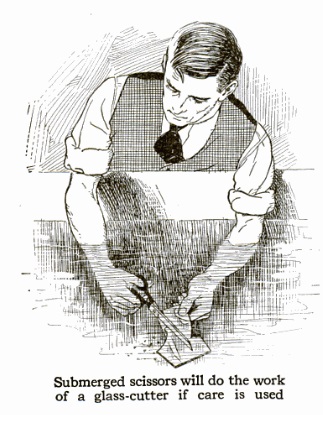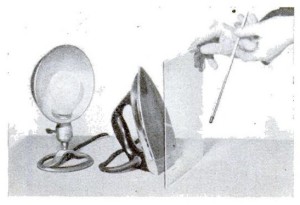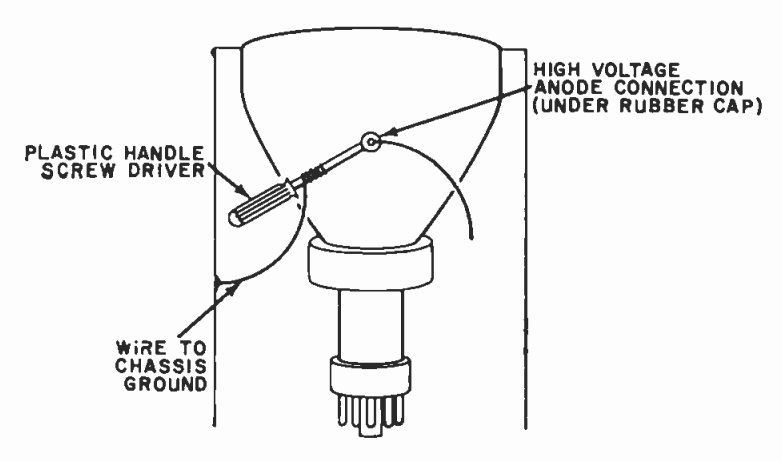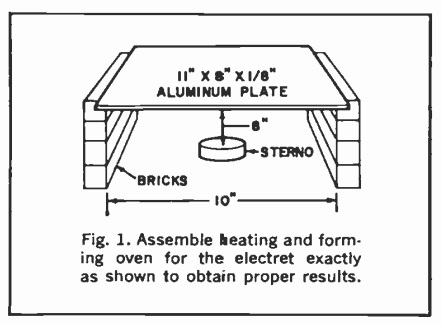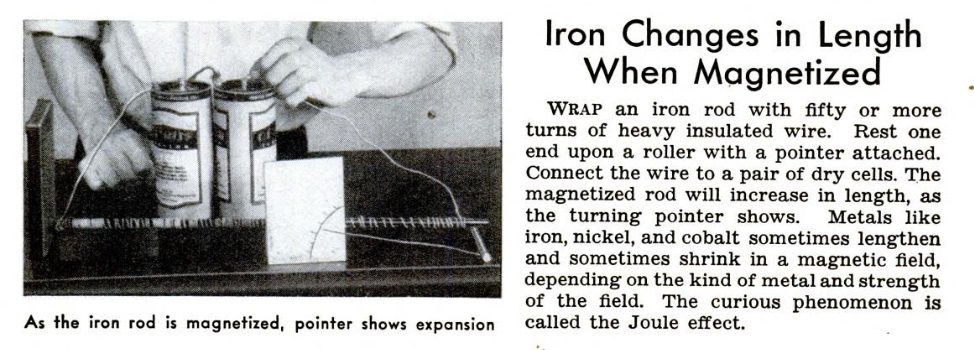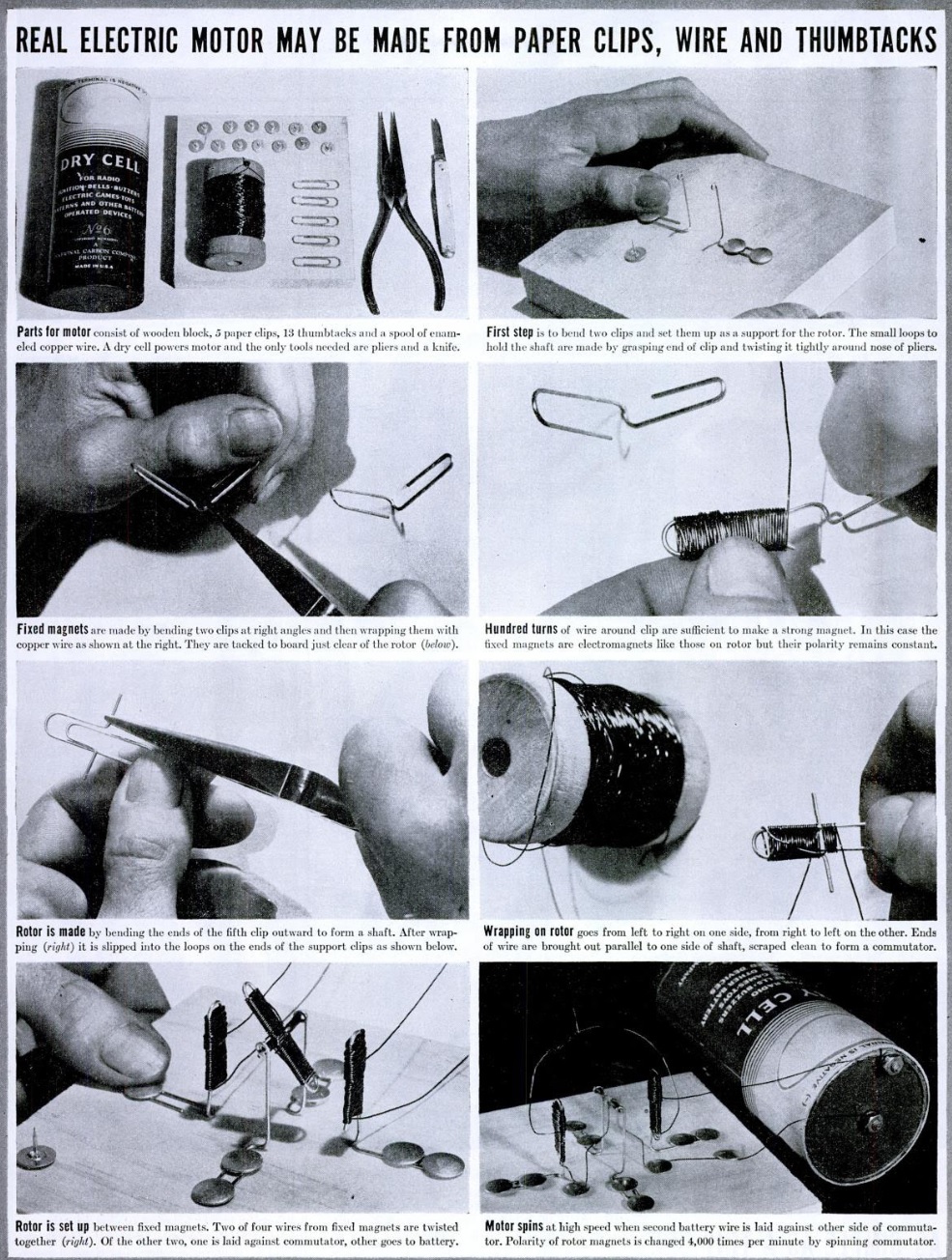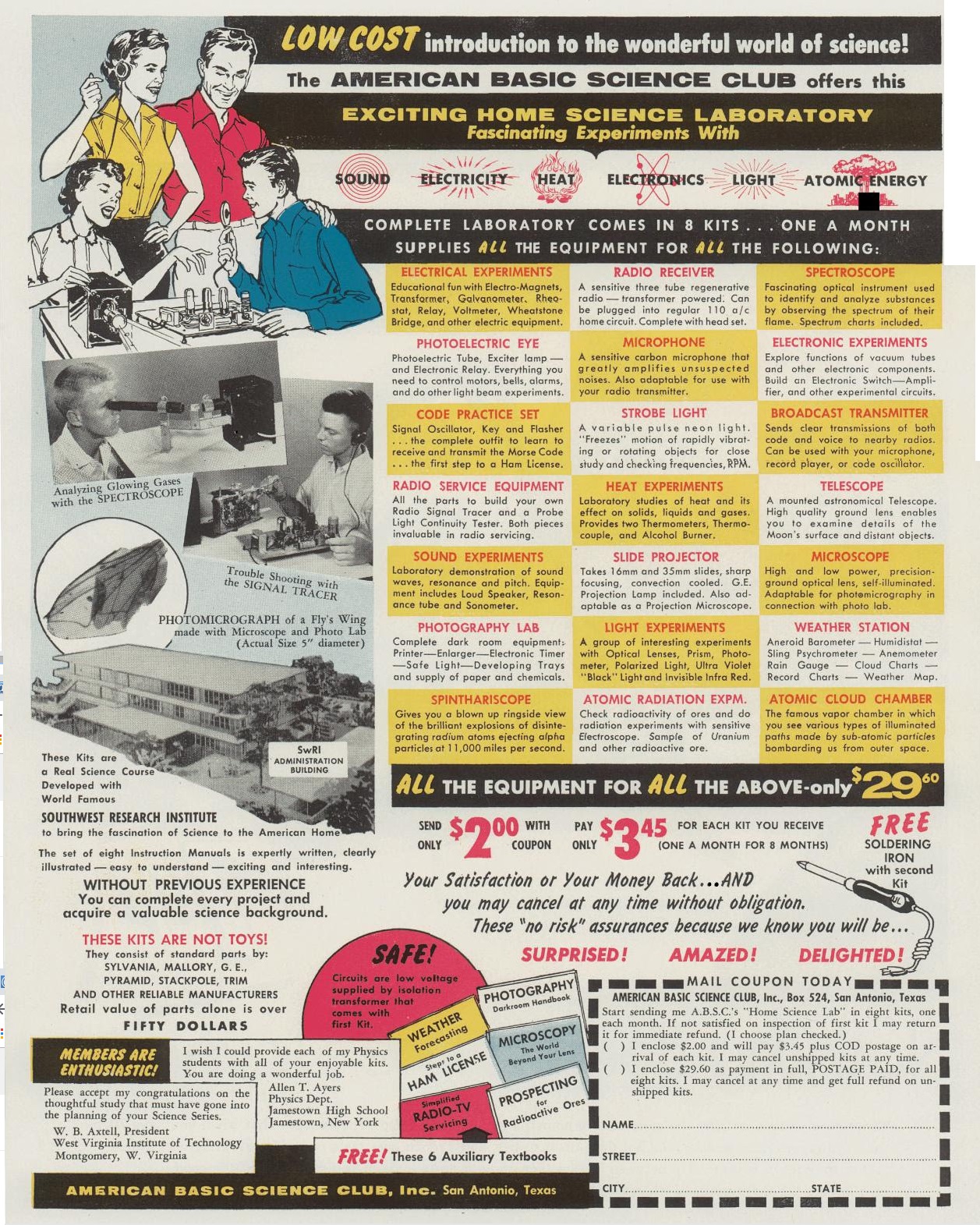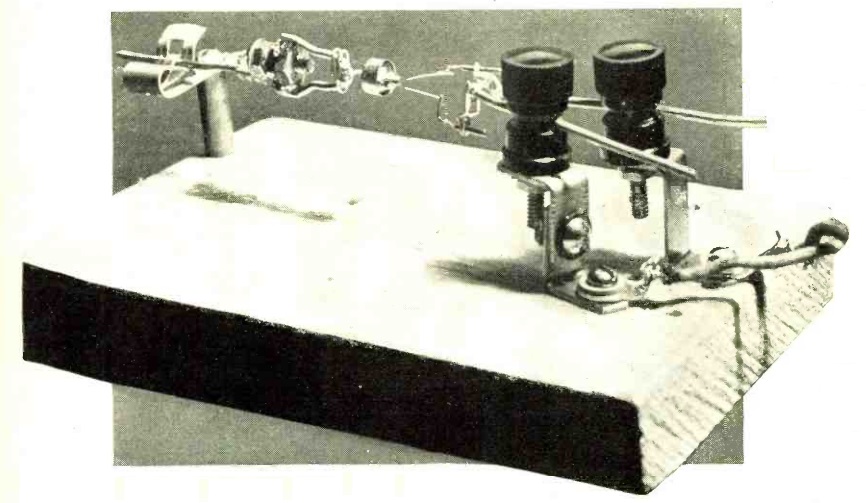 If Junior’s science fair project is due tomorrow and he hasn’t even started, then this project is just what he needs to turn the emergency into an A+ project. You probably have everything you need around the house. If you can’t find a couple of odds and ends, you should be able to find them at the trusty dollar store.
If Junior’s science fair project is due tomorrow and he hasn’t even started, then this project is just what he needs to turn the emergency into an A+ project. You probably have everything you need around the house. If you can’t find a couple of odds and ends, you should be able to find them at the trusty dollar store.
The exact layout of the experiment is not critical. You need two cans of similar shape and size, which you should be able to find in the recycling bin. You’ll also need some wire or string–almost any type will do. You’ll need something to hang them from. In this example, the experimenter is using some kind of stand. But a chair or table will work just fine–you just need the two cans to be able to hang freely.
Finally, you’ll need some water (H2O) and some sand. If you can’t find any sand, any solid will work, such as dirt, sugar, salt, etc. You just need something to add weight to the can.
The experiment demonstrates viscosity–the “thickness” of a fluid. After setting up the two cans, you twist each of them an equal number of times, for example, 5 times, and then let go. The can with sand will keep rotating a much longer time. After unwinding 5 times, it will wind itself in the other direction almost 5 times before again reversing. The process will continue for a long time.
The can with water will settle down much faster. This is because the water’s low viscosity means that most of the water is not turning. Only the light can is spinning, and it will lack the momentum to continue as long as the can full of sand.
If Junior wants to be ambitious, he can use other thick liquids.
The teacher will want the experiment to answer a question. There are many possibilities. For example, he can use the question, “how does viscosity affect the rotation of a spinning container.” Or, he can pick two liquids and answer the question, “which has a higher viscosity–water or cooking oil.” The one that spins the longest has the higher viscosity.
The project originally appeared 80 years ago this month in the June 1939 issue of Popular Science.

